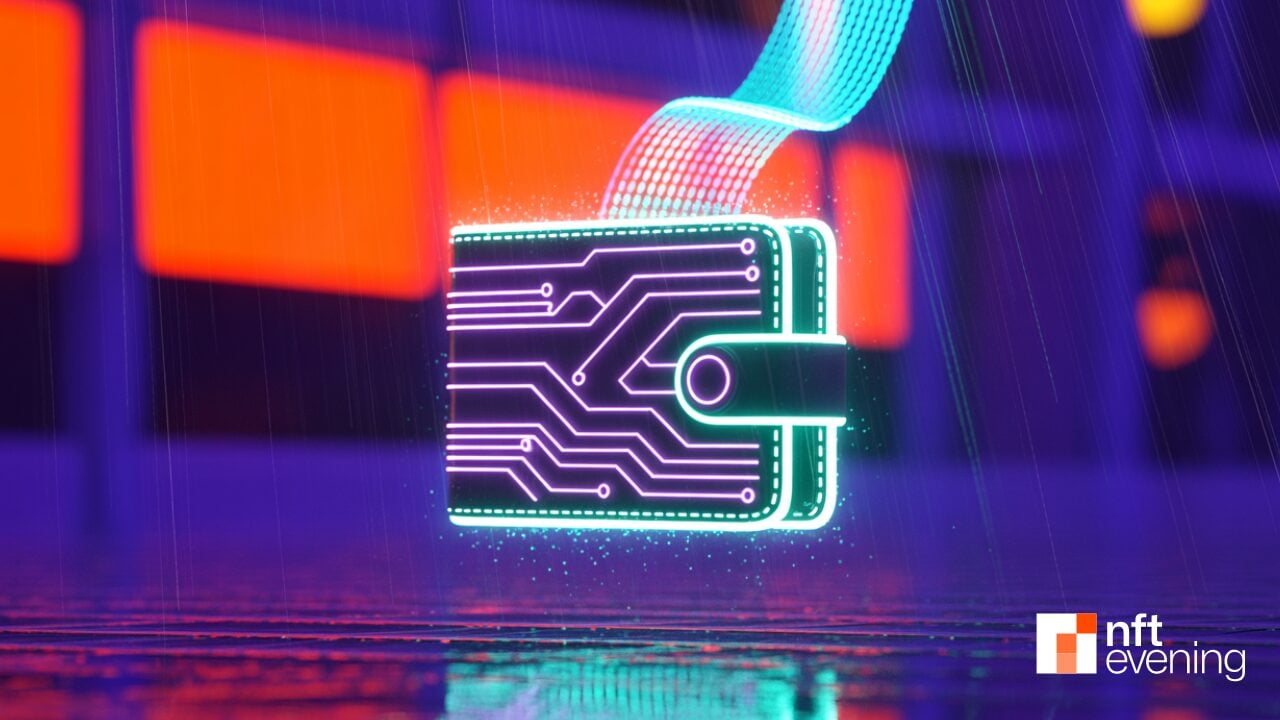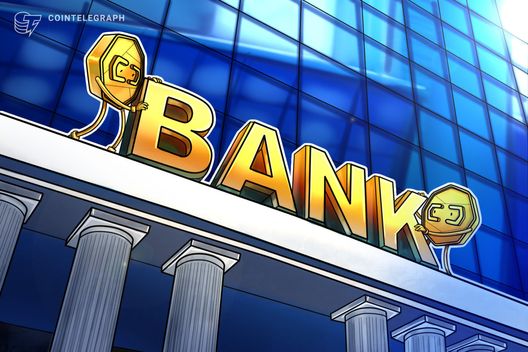Bitcoin was designed for decentralization and security, but not for speed. As adoption grew, it became clear that the base layer couldn’t handle real-time transactions or low-fee micropayments at scale.
The post What is the Lightning Network? The Layer Making Instant Crypto Payments Possible appeared first on NFT Evening.
💡 DMK Insight
Bitcoin’s scalability issues are pushing traders to consider the Lightning Network for faster transactions. As Bitcoin adoption rises, the limitations of its base layer become more apparent, especially for day traders and those looking to execute quick trades or micropayments. The Lightning Network offers a solution by enabling instant transactions with lower fees, which could significantly impact trading strategies. Traders should keep an eye on how this layer interacts with Bitcoin’s price movements, especially during high volatility periods. If the Lightning Network gains traction, we might see a shift in trading behavior, with more participants opting for rapid transactions rather than waiting for confirmations on the main chain. However, it’s worth noting that mainstream narratives often overlook the potential risks associated with adopting new technologies like the Lightning Network. Issues such as liquidity in payment channels and the risk of centralization could pose challenges. Traders should monitor Bitcoin’s price around key levels, particularly if it approaches resistance or support zones, as these could trigger shifts in trading volume and sentiment. Watch for developments in Lightning Network adoption metrics over the coming weeks, as they could provide insights into Bitcoin’s future price action.
📮 Takeaway
Keep an eye on Bitcoin’s price movements around key support and resistance levels as Lightning Network adoption grows—this could signal shifts in trading strategies.

 Bitcoin
Bitcoin  Ethereum
Ethereum  Tether
Tether  XRP
XRP  Wrapped SOL
Wrapped SOL  USDC
USDC  Lido Staked Ether
Lido Staked Ether  TRON
TRON  Dogecoin
Dogecoin 





